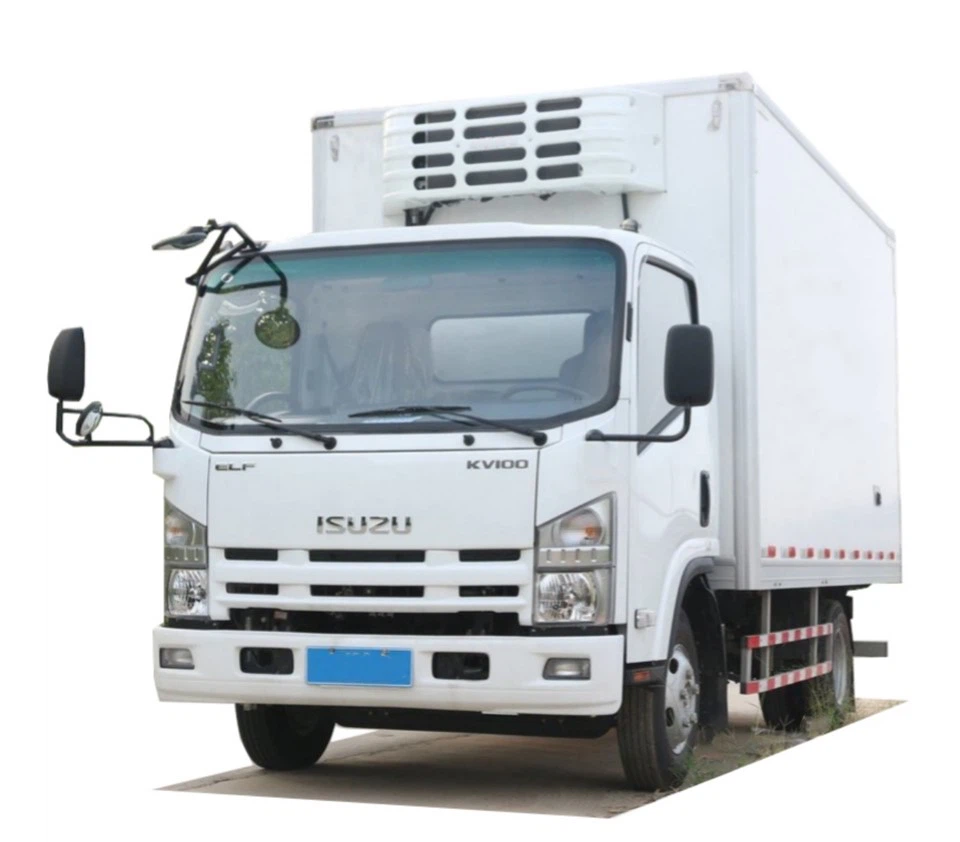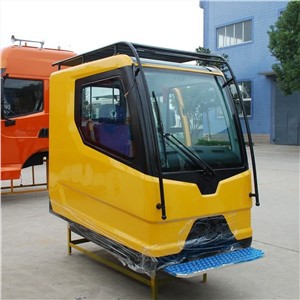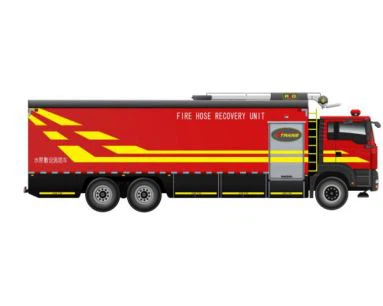Understanding Water Spray Tankers: A Comprehensive Guide

Introduction
Water spray tankers play a crucial role in various industries, offering versatile solutions for dust control, firefighting, agriculture, landscaping, and construction purposes. This comprehensive guide will delve deep into the world of water spray tankers, covering their functions, types, advantages, and practical applications. Whether you are a contractor, a farmer, or someone interested in understanding these essential vehicles, this article will provide valuable insights into the operation and benefits of water spray tankers.
What is a Water Spray Tanker?
A water spray tanker is a specialized vehicle designed to transport and disperse water for numerous applications. Equipped with a tank, pump, and spray system, these tankers can deliver water in a controlled manner, making them an essential tool for managing dust, extinguishing fires, and irrigating crops.
Components of a Water Spray Tanker
The primary components of a water spray tanker include:
- Tank: A large container usually made of steel or polyethylene, capable of holding thousands of liters of water.
- Pump: A powerful device that pressurizes water, allowing it to be sprayed over distance.
- Spray System: This includes nozzles and hoses that distribute water effectively. They can be controlled for different spray patterns.
- Chassis: The vehicle structure that supports the tank and equipment, often mounted on a truck or trailer.
Types of Water Spray Tankers
Water spray tankers come in various types, each designed to meet specific needs:
1. Construction Water Tankers
Used primarily at construction sites for dust control and site sanitation, these tankers often have larger capacity tanks and robust pumps for high-flow spraying.
2. Agricultural Water Tankers

Aimed at farmers for irrigation purposes, these tankers are designed to disperse water evenly across fields. They may come equipped with adjustable spray systems for optimal coverage.
3. Firefighting Tankers
Equipped with specialized pumps and nozzles, these water tankers are utilized in emergency situations to extinguish fires. They often have a faster discharge rate and enhanced maneuverability.

4. Municipal Water Tankers
Used by local governments for dust suppression on unpaved roads or for cleaning streets, these tankers are often multi-purpose vehicles with a focus on community hygiene.
Advantages of Using Water Spray Tankers
Water spray tankers offer numerous advantages, making them a valuable asset in many fields:
1. Efficient Dust Control
In construction and mining industries, dust can be a major health hazard. Water spray tankers help minimize dust by wetting surfaces, reducing airborne particles effectively.
2. Enhanced Safety
By providing immediate access to water in emergency situations, firefighting tankers improve response times and enhance safety for firefighters and civilians alike.
3. Cost-Effective Irrigation
Using a water spray tanker for agriculture simplifies and reduces the cost of watering crops, allowing farmers to utilize water resources more effectively.
4. Versatility
With various attachments and spray patterns, these tankers can be adapted for different applications, providing flexibility across multiple sectors.
Practical Applications of Water Spray Tankers
The versatility of water spray tankers allows them to be utilized across multiple sectors. Here are some practical applications:
1. Construction Sites
Water spray tankers suppress dust created by heavy machinery and construction activities. They can be scheduled to spray water frequently, ensuring that dust does not become a health hazard.
2. Agricultural Fields
Farmers can use water spray tankers for irrigation during dry seasons. The adjustable nozzles help ensure uniform irrigation across large plots of land.
3. Firefighting
Firefighting tankers are used to supply water for extinguishing wildfires or industrial fires where immediate water access is necessary. Their mobility allows them to reach remote areas quickly.
4. Street Cleaning
Municipalities use water spray tankers to clean streets and remove trash or debris efficiently. Regular use helps maintain cleanliness and reduces pollution levels.
Factors to Consider When Choosing a Water Spray Tanker
When selecting a water spray tanker, several factors should be taken into account:
1. Tank Capacity
The required capacity will depend on the specific use case. For extensive agricultural applications, a larger tank may be necessary compared to a construction site.
2. Pump Power
The power of the pump determines how quickly water can be sprayed and covers areas. Higher flow rates can be beneficial for larger operations.
3. Mobility
If the tanker is required to frequent various sites, mobility and ease of transport become critical factors.
4. Cost
It’s essential to balance features and affordability. Assessing the total cost of ownership, including maintenance, is vital.
Maintenance Tips for Water Spray Tankers
Proper maintenance enhances the performance and longevity of water spray tankers. Here are some essential maintenance tips:
1. Regular Inspections
Regularly check for leaks in the tank, hoses, and connections. Early detection prevents more extensive damage.
2. Pump Maintenance
Ensure the pump is adequately lubricated and check for signs of wear. A functioning pump is crucial for effective spraying.

3. Cleaning
After use, clean the tank and the spraying system to prevent residue buildup that could affect performance.
4. Calibrate Spray Patterns
Regularly check and adjust the spray system to ensure even and consistent distribution of water.
Choosing the Right Supplier
Selecting a reliable supplier for your water spray tanker is crucial for obtaining quality equipment. Here are some tips:
1. Research Suppliers
Review customer feedback and ratings. A reputable supplier often has a reliable history.
2. Service Agreements
Inquire about warranty and service agreements for maintenance and repairs. It’s beneficial to have a local supplier who can provide timely service.
3. Customization Options
Look for suppliers that offer customization options to meet specific operational needs, such as different spray patterns and tank sizes.
4. Price Comparison
Always compare prices from different suppliers to ensure you are getting a competitive deal for the features you need.
Frequently Asked Questions (FAQs)
1. What is the typical capacity of a water spray tanker?
Water spray tankers typically range from 1,000 to 10,000 liters, although custom sizes are available based on specific applications.
2. How often should you maintain a water spray tanker?
Regular maintenance should be done quarterly, with more frequent inspections during heavy usage periods.
3. Can water spray tankers be used for irrigation?
Yes, water spray tankers can effectively irrigate agricultural fields, especially in remote areas without direct water access.
4. Are there different nozzles for different applications?
Yes, different nozzles can adjust the spray patterns and flow rates, making them suitable for various tasks from dust control to irrigation.
5. How does a firefighting water spray tanker differ from standard tankers?
Firefighting tankers often have more powerful pumps capable of delivering water quickly and can come equipped with specialized spraying equipment to better manage high-temperature situations.
6. What is the average cost range for a new water spray tanker?
The cost of a new water spray tanker typically ranges from $30,000 to $100,000, depending on size, features, and customization.
